Improved 48-seat uBus Was Sent to the EcoTechnoPark

The commissioning of 48-seat uBus was started in the EcoTechnoPark. The vehicle was sent to the uST technology implementation and demonstration center after its improvement at the production site. The passenger and traction modules were revised.
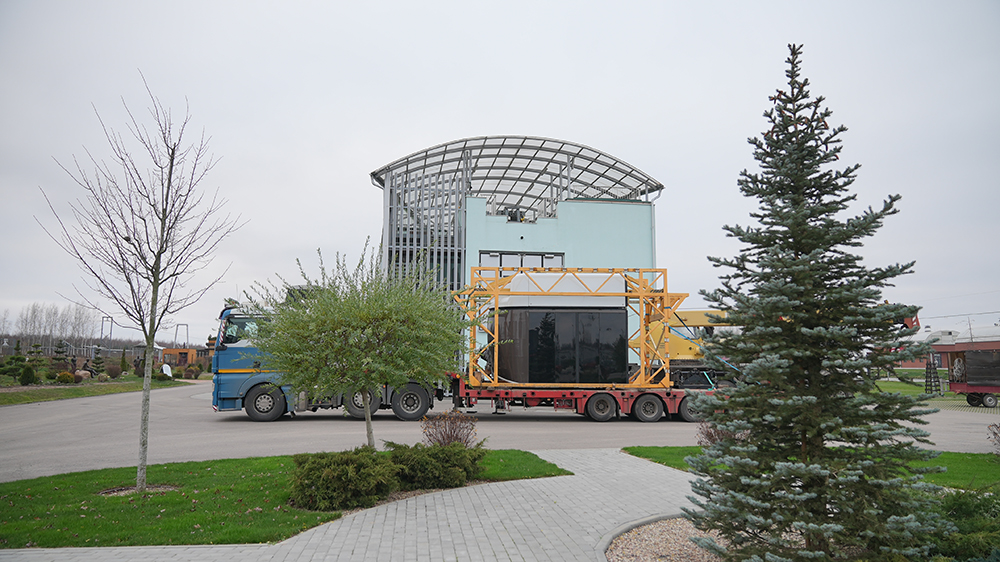
The engineers of Unitsky String Technologies Inc. together with the specialists of SW PLANT had been working on U4-220-T2 48-seat uPod on steel wheels for more than six months, improving its key performance features.
The changes were performed toward the passenger and traction modules. A specially designed traction trolley provides the increased running smoothness of both transport modules. Original climatic units, air ducts, new compressors, and blowers were installed to make the interior climate more comfortable.
The twined energy storage unit was substituted for a single one. Therefore, the maintenance process became easier and electromagnetic interference was reduced. The electrical system had been almost completely revised.
– It is expected that the running smoothness of uPod will be improved and the interior microclimate will become more comfortable, as well as the noise level will be reduced, - said Dmitry Vihreko, the Leading Engineer of Unitsky String Technologies Inc.
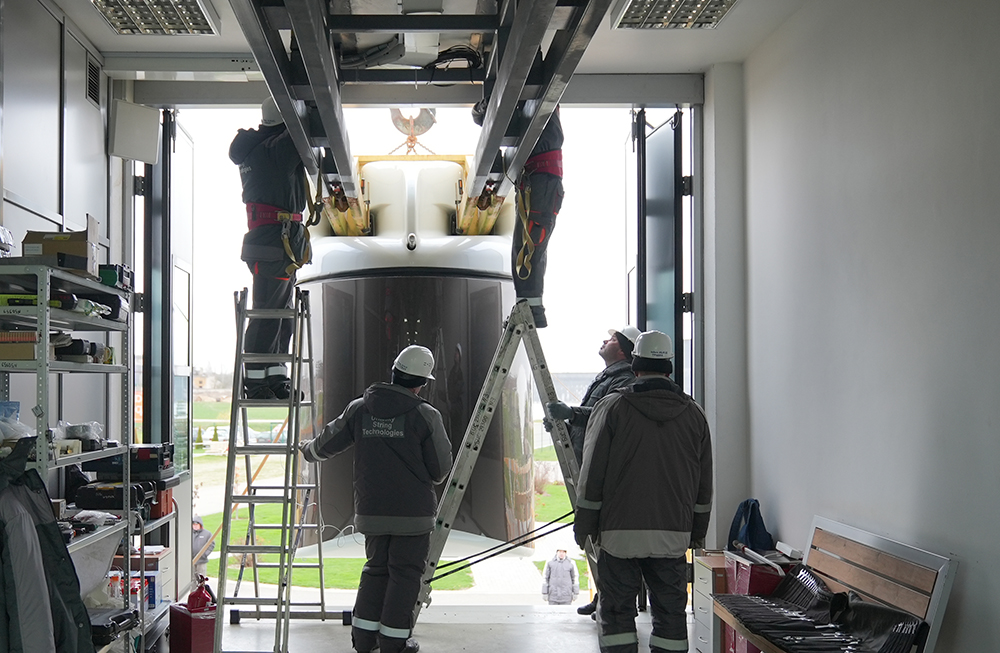
After the uPod installation on the track structure in the EcoTechnopark, its commissioning and testing began. It is expected that these works will be implemented early next year.
More news
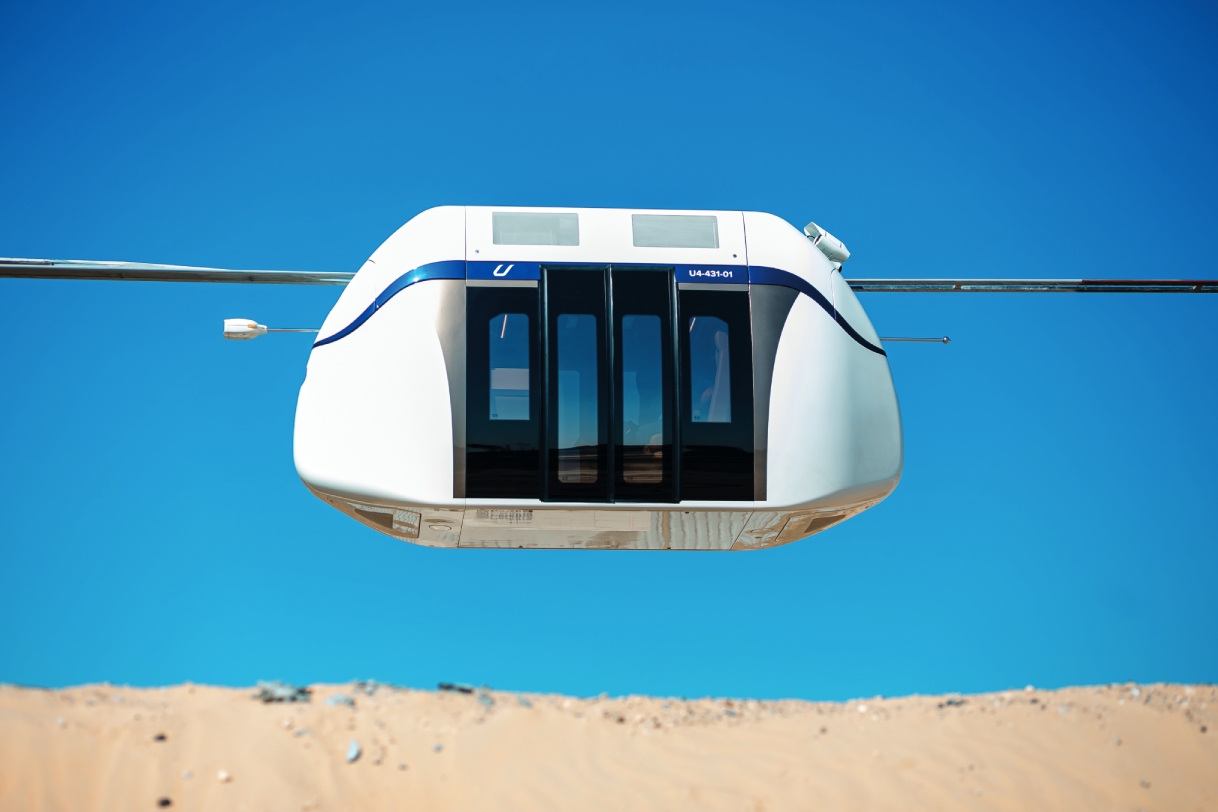
Blog
7 August 2023
The uST Tracks Prove Resilient to Extremely High Temperatures
Overhead complexes uST will provide effective transportation in different climatic zones, including in abnormal weather conditions.
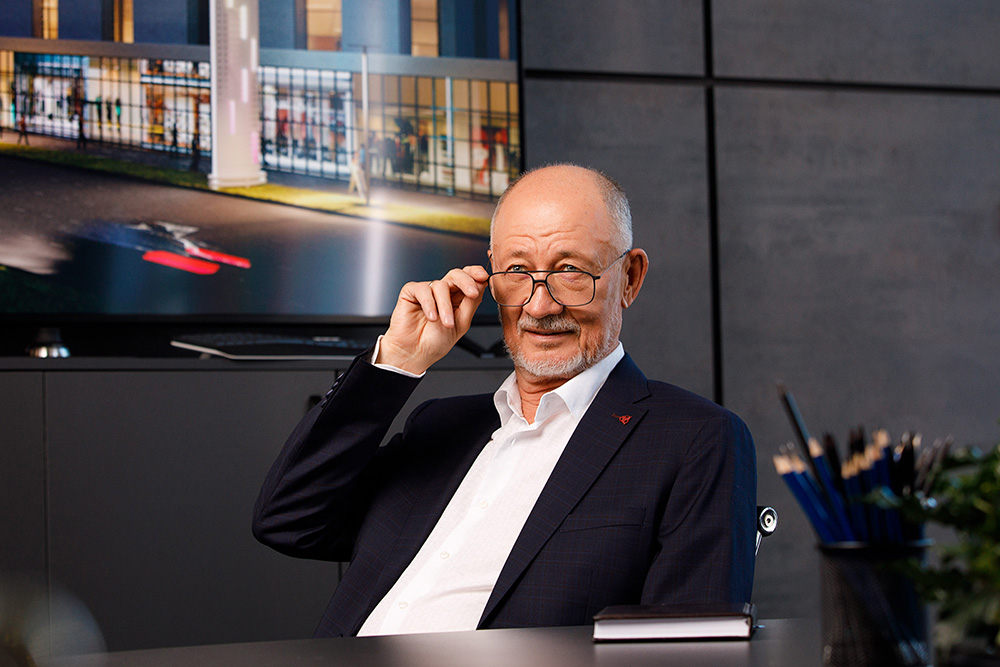
Interviews
24 November 2021
General Designer and Founder of Unitsky String Technologies Inc. Speaks About the Reasons for the Company's Rebranding
Unitsky String Technologies Inc. announced the completion of the rebranding that began last year. Thus, due to various circumstances, the company returned to its historical name. Among the reasons, there is not only a return to the origins, but also the next, more serious, stage in development. The new brand of the company in English spelling combines the name of the technology with which it all began, and its author's surname.
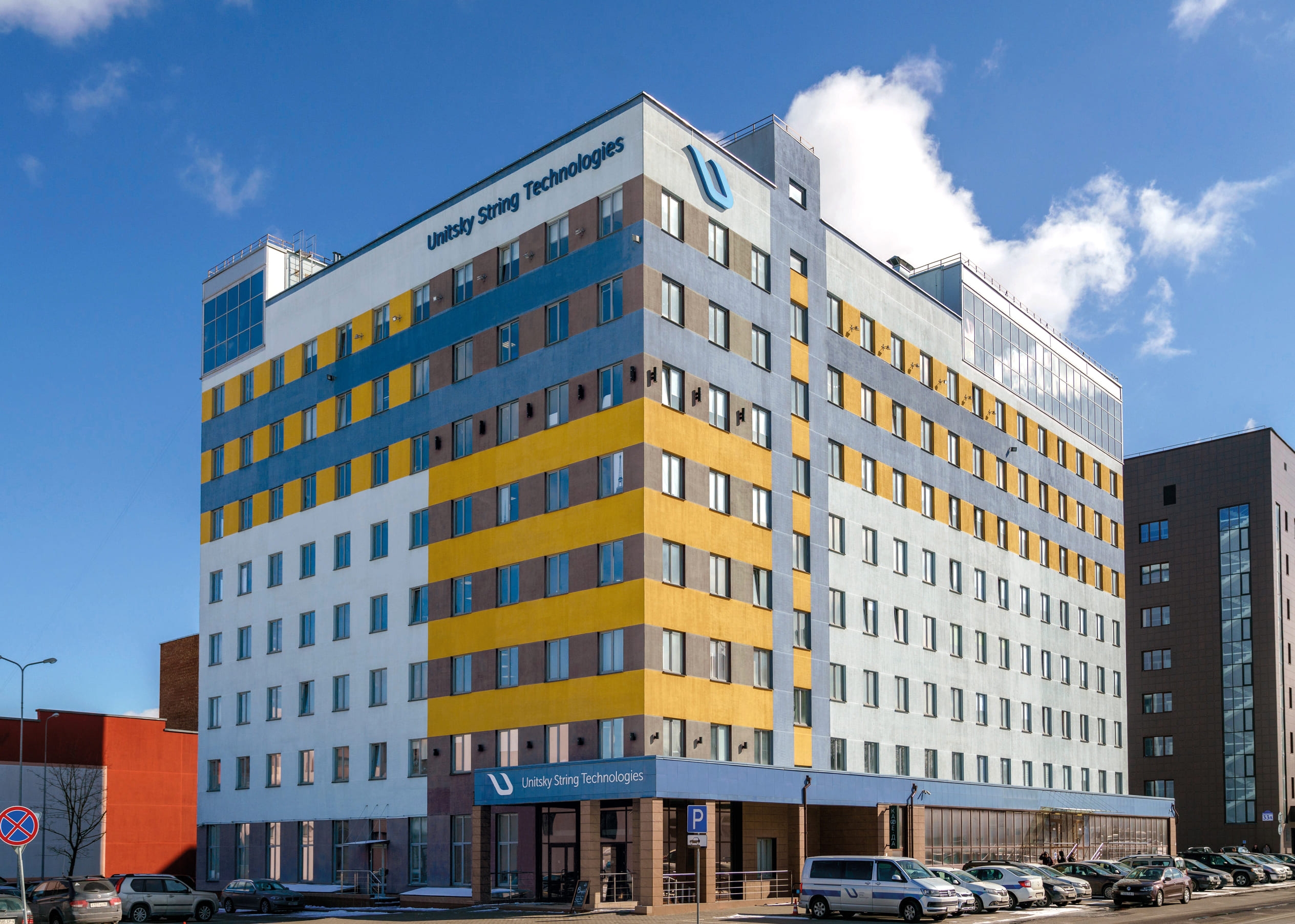
News
16 January 2023
UST Inc. Signed a Cooperation Agreement With the Institute of Management and Business
The delegation of the Private Institute of Management and Business (PIMB) visited Unitsky String Technologies Inc. During the visit, the CEO of UST Inc. Nadezhda Kosareva and the rector of PIMB Nikolai Sinyak signed a cooperation agreement.

